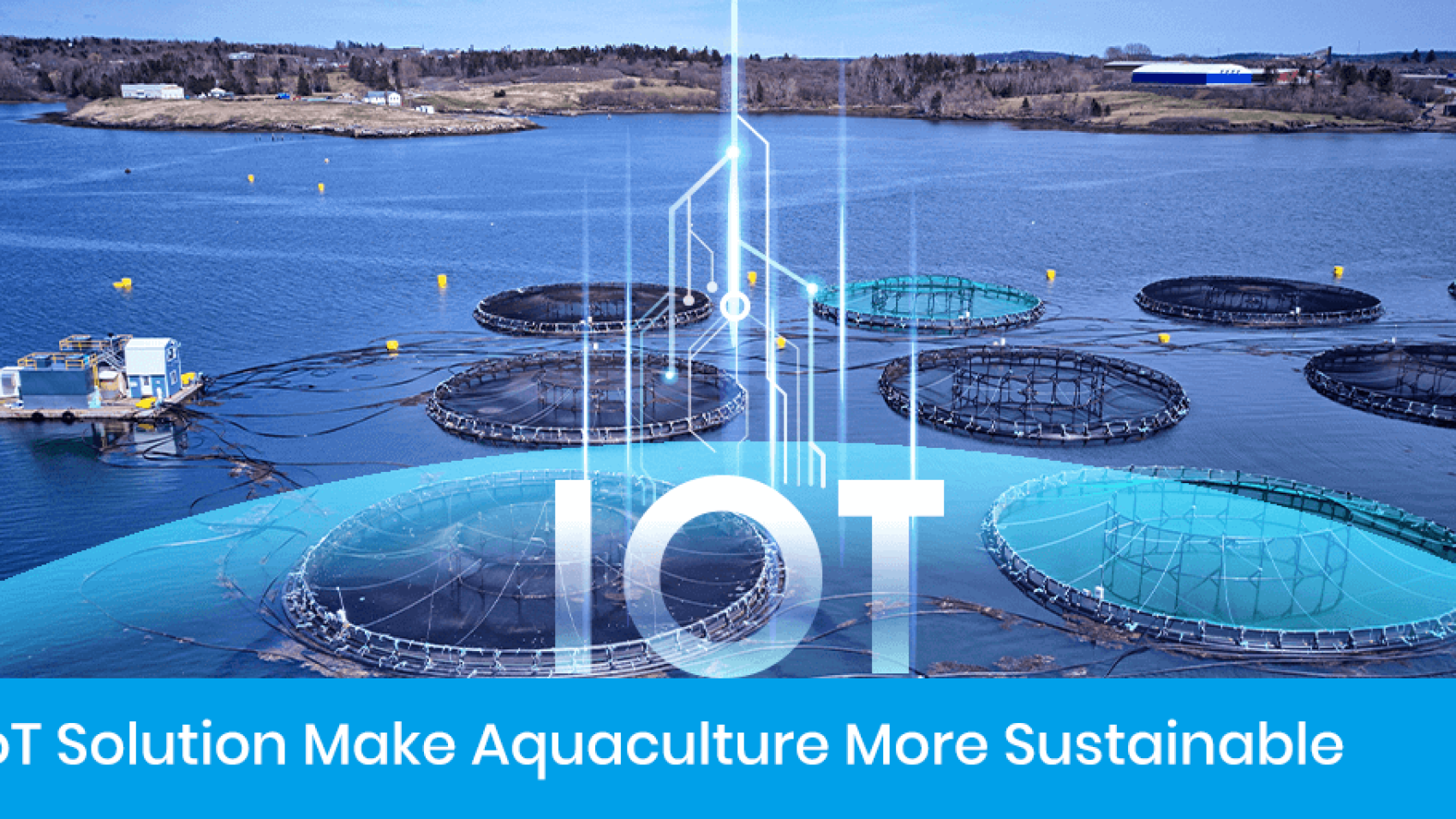The fish farming industry needs instruments that can monitor in real-time fish health and welfare objectively, without killing or disturbing the fish or interfering with daily management. The main aim to exploit the potential of the Internet of Things (IoT) is to contribute to the development of sustainable and resilient aquaculture systems that ensures profitability, maintains healthy aquatic ecosystems and strengthens the capacity for adaptation to climate change.

Enhanced environmental (e.g. oxygen, temperature, salinity, pressure) and biological (e.g. behaviour, activity, energetic, feeding physiology) sensor data, collected by a network of wireless electronic sensors, can provide accurate fine-scale measurements of environmental conditions, fish health, welfare and habitat use, average fish size and biomass, thus facilitating predictive modelling of the rearing performances and impacts.
The real-time wireless communication system and sensor network for large-scale demonstration activities have been defined. The real-time wireless communication system and sensor network envisaged for the large-scale demonstration activities includes a cloud platform that communicates wireless underwater, based on the technology offered by Real-time aquaculture and a family of compact, submersible environmental sensors, with underwater and in-air wireless communications. This technology enables data-driven ocean farming where knowledge drives better decisions. The system architecture is shown here:
Progress in the testing of physiological sensors technologies
Understanding the impacts of environmental change and human activity on farmed fish can be greatly enhanced by using electronic sensors. Enhanced biological (e.g. behaviour, activity, energetic, feeding physiology) sensor data, collected by onboard electronic tags provide accurate fine-scale measurements of fish health and welfare during the large-scale demonstration activities in the project.
Before the large-scale demonstration, we firstly needed to establish a baseline of information for each of the target species, i.e. for gilthead seabream and seabass.
The objective was to find a calibration model of the tailbeat tag activity as a function of the
i) critical swimming speed,
ii) oxygen consumption and metabolic rate,
iii) electromyograms. Less availability of anaerobic energetic reserves has consequences for the reactivity of stress systems, reflected in a reduced ability of the fish to compensate for stressful events.
The calibration tests provided us with a model to assess fine-scale measurements of the fish’s physiological state and the ability to cope with stressful events.
Development of biomass estimation sensing system
Fish biomass estimation is one of the most common and important practices in aquaculture. The relationship between the shape of the fish and the mass is well known. The mass of the fish is calculated from its geometric measurements using empirical relationships that depend on the species and condition of the fish.

